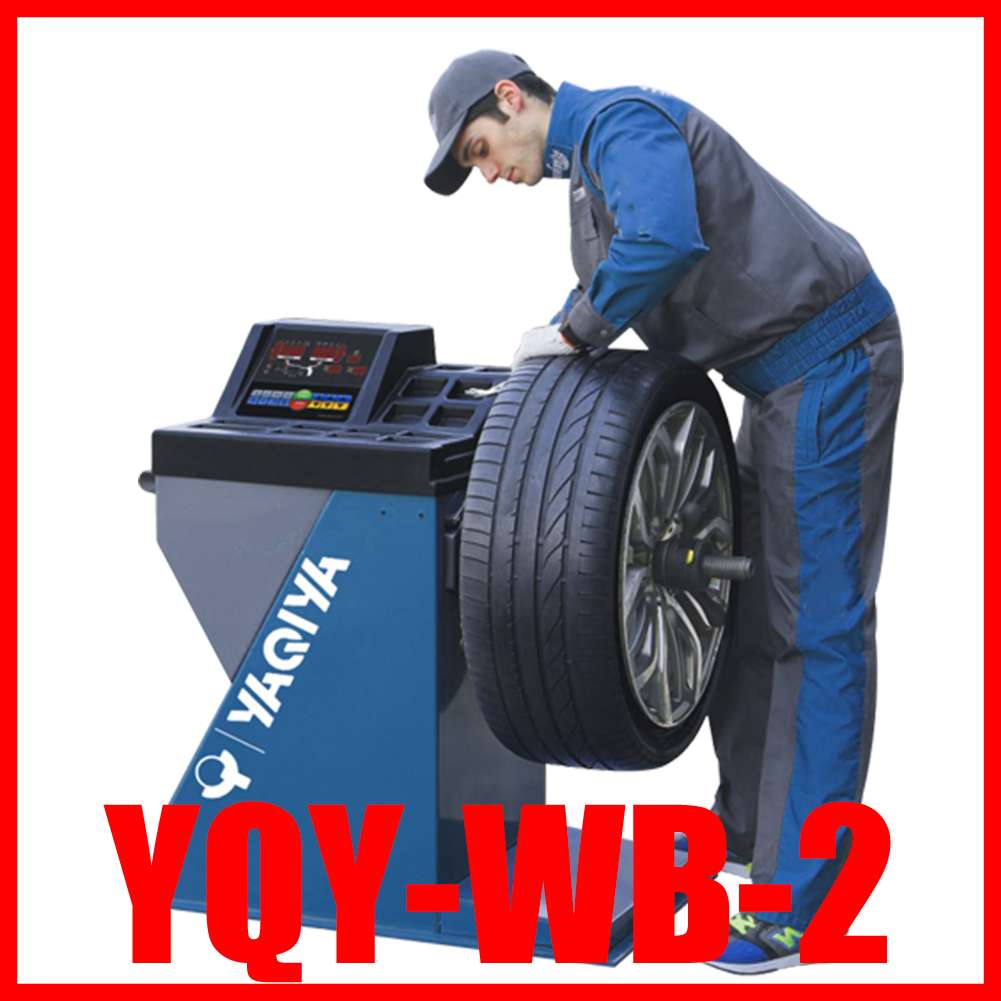Wheel Balancing and Wheel alignment are two totally different things, but many people often get them confused. In a nutshell,
Wheel alignment consists of adjusting the angles of the wheels so that they are perpendicular to the ground and parallel to each other. The purpose of these adjustments is maximum tire life and a vehicle that tracks straight and true when driving along a straight and level road.
Wheel Balancing, on the other hand allows the tires and wheels to spin without causing any vibrations. This is accomplished by checking for any heavy spots on the wheel-tire combination and compensating for it by placing a measured lead weight on the opposite site of the wheel from where the heavy spot is.
The symptoms of a wheel that is out of balance are:
Vibration in the steering wheel at certain highway speeds.
Vibration in the seat or floorboard at certain highway speeds.
Scalloped or cupped wear pattern on the tires
Wheel Balance
Out-of-balance tires will cause a car to vibrate at certain speeds, usually between 50 and 70 mph. A tireis out of balance when one section of the tire is heavier than the others. One ounce of imbalance on a front tire is enough to cause a noticeable vibration in the steering wheel at about 60mph. To balance a wheel, the technician will mount it on a balancing machine which spinsthe wheel to locate the heavier part. He will then compensate for the heavy part by attaching a lead weight on the opposite side. Many people are pleasantly surprised at how smooth their car drives after balancing all four wheels.
Most high quality tires will hold their balance fairly well and go out of balance very gradually. If you notice a vibration that wasn't there the day before, it is possible that one of the lead balancing weights fell off. If you feel the vibration mostly in the steering wheel, the problem is most likely in a front wheel. If the vibration is mostly in the seat, the problem is probably in the rear.



